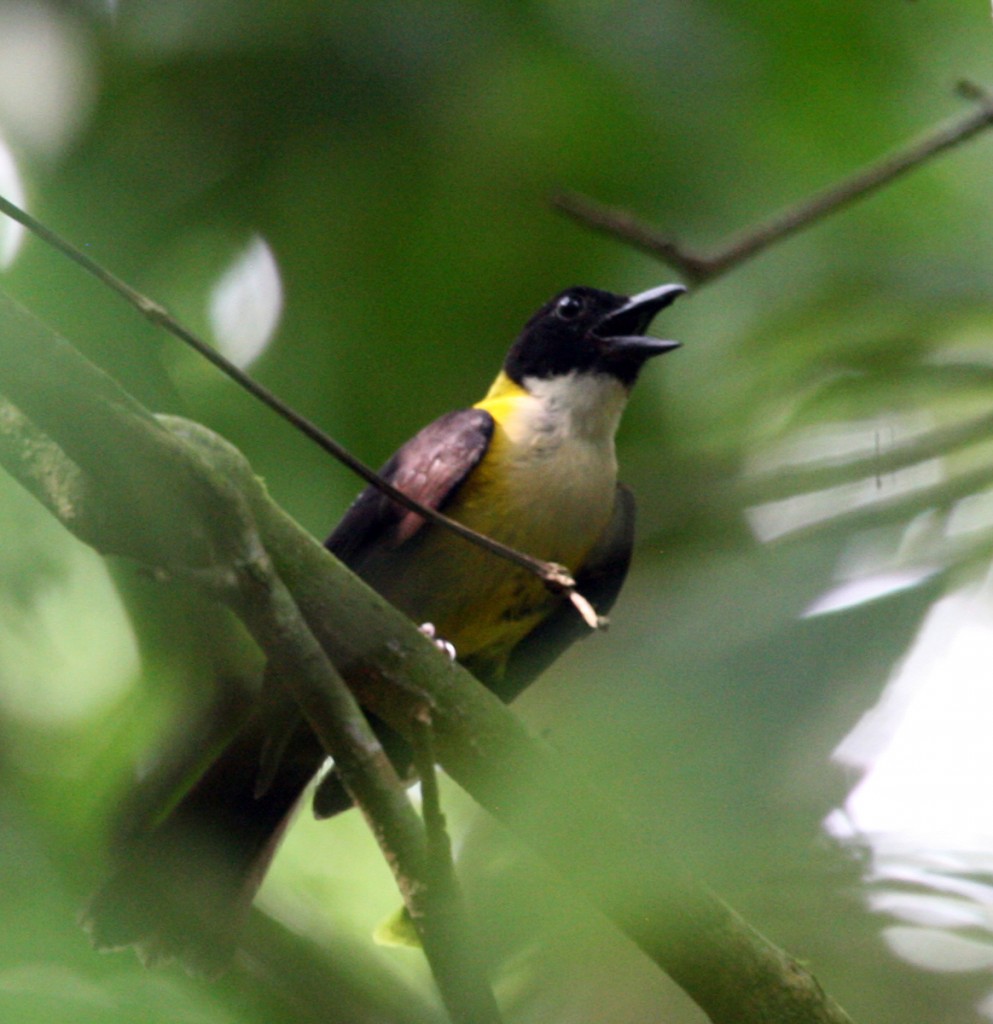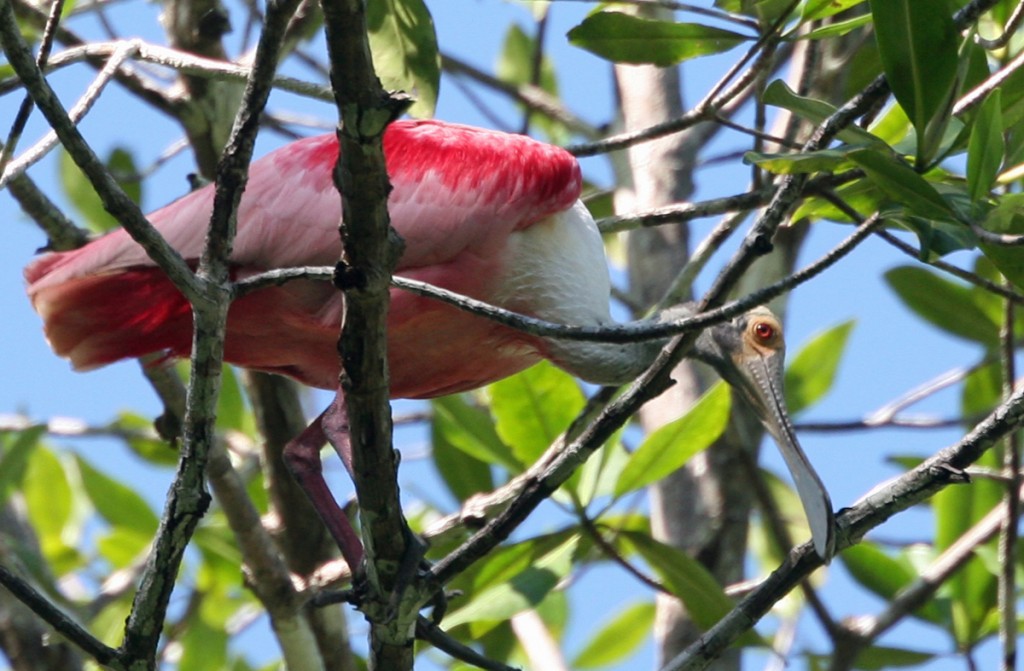More photo browsing led me to find these snapshots of a female Pale-billed Woodpecker (Campephilus guatemalensis) poking about on a fallen tree in the Corcovado National Park. I can tell it is female by the black on its forehead, especially visible in the photo above.
All media is copyright costaricawildlife.net, 2013.











